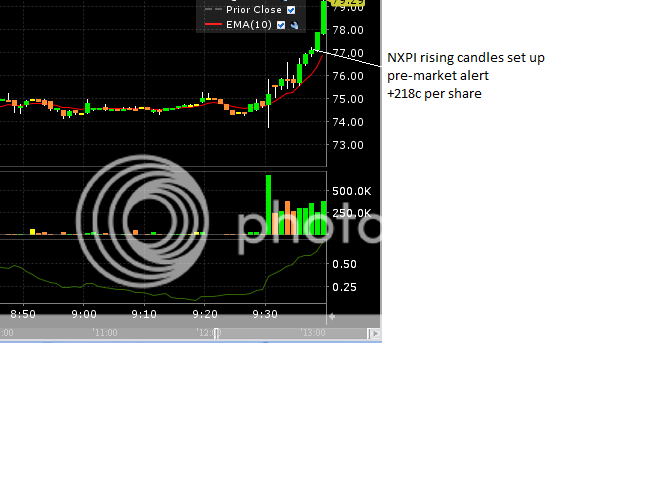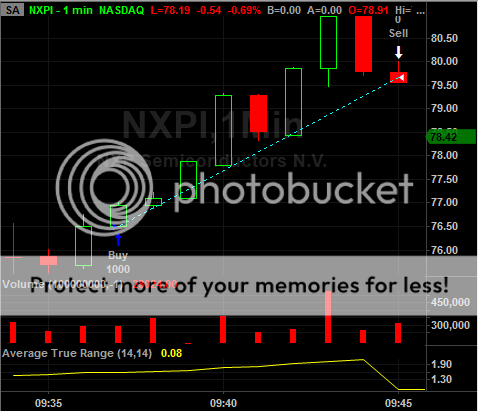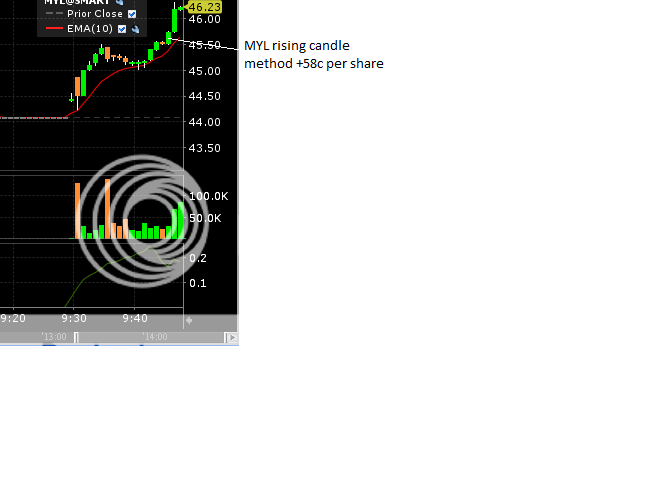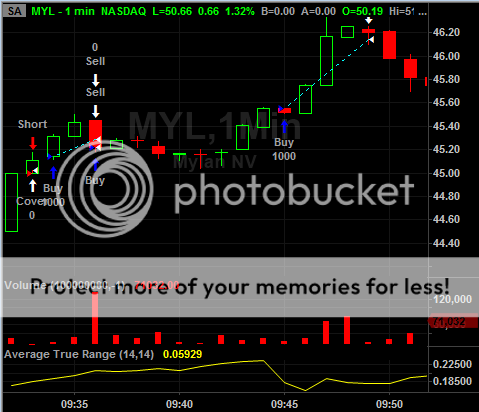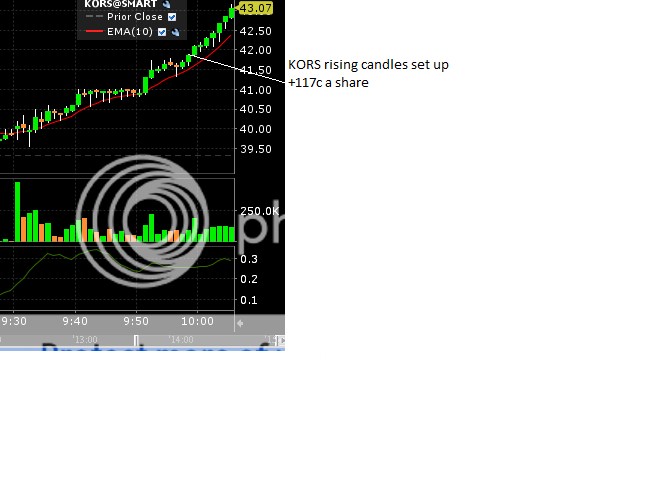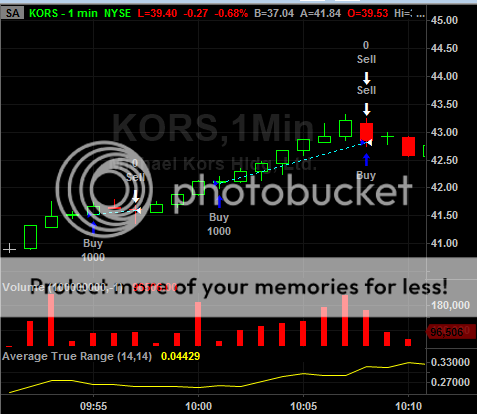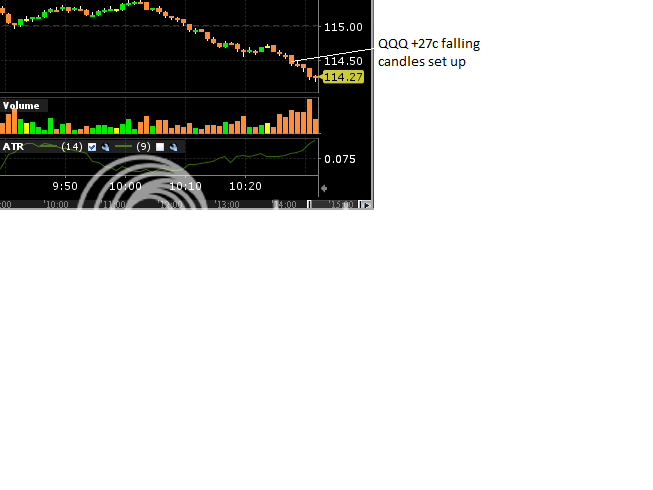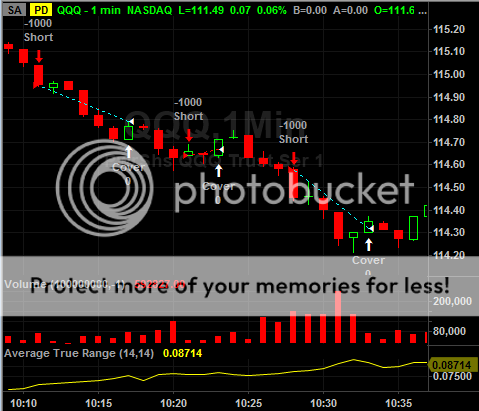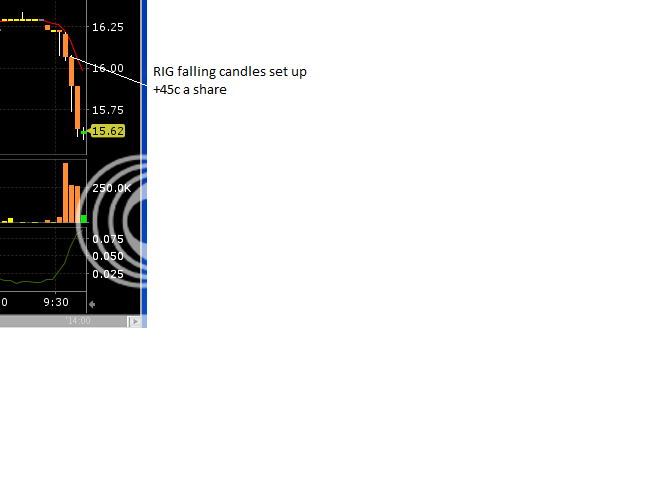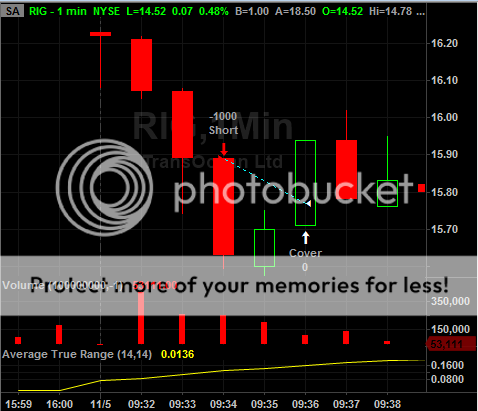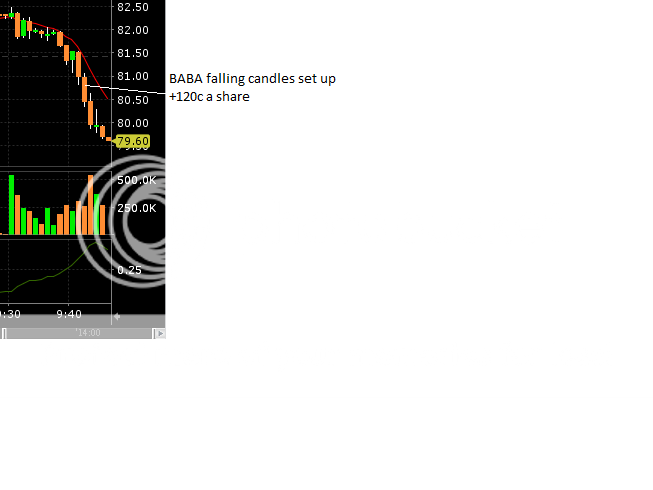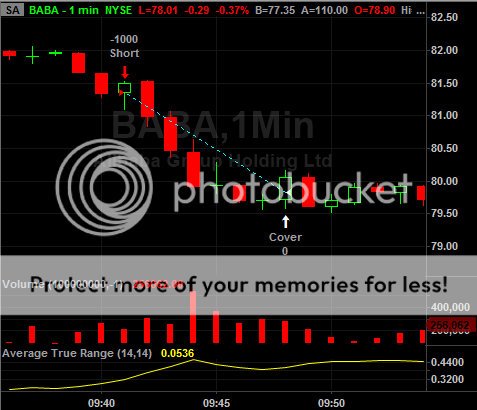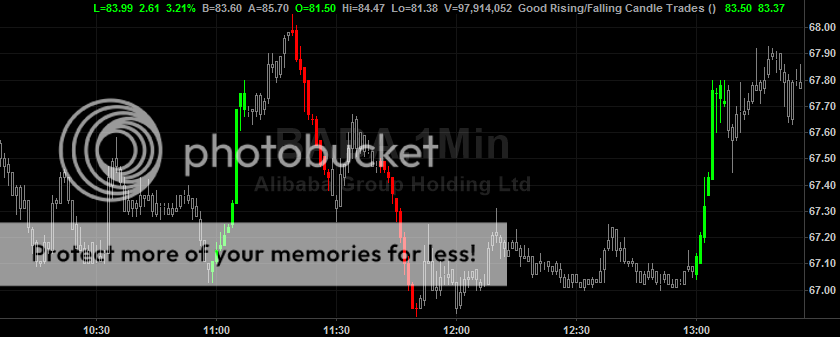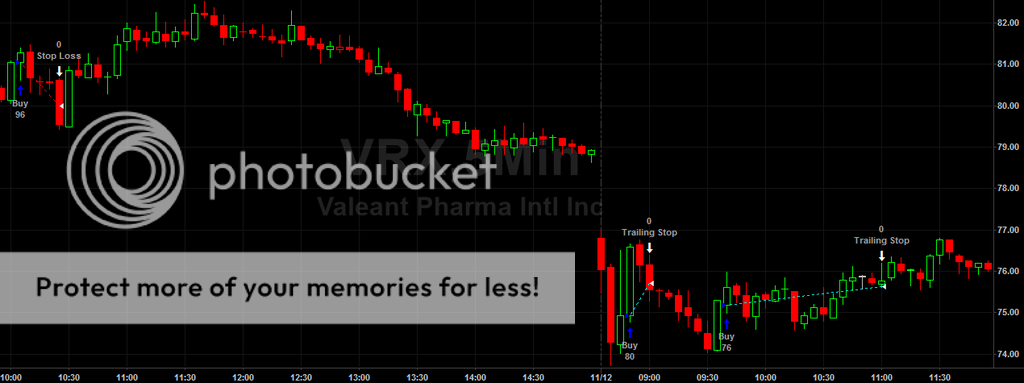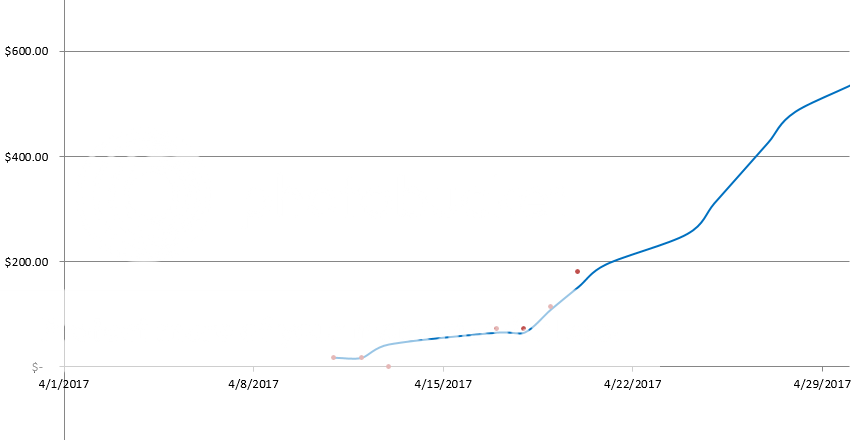The TS forum is very active with educational webinars and documents:
http://www.tradestation.com/education/university/getting-started
and with a very helpful forum with loads of coding examples and advice from both other users or the TS staff who will correct coding for you
https://community.tradestation.com/Discussions/
Charlton
Thanks for the input as well as those links Charlton. I'm working my way through the TS manual and translating my programming intent into the language. Seems to be a pretty straightforward language so far, but I suspect when I compile and test run it in TS I will be doing some system debugging. It is good to know the staff is willing to help debug as from my limited programming experience I know that is one of the most frustrating and time consuming parts.
I was hoping you would weigh in at some point as your name came up a few times when I was combing through this forum looking for topics about automated trading and TradeStation. Are you trading (or have you ever traded) with a fully automated system? If so, is there anything in particular I need to look out for with a completely automated system?

